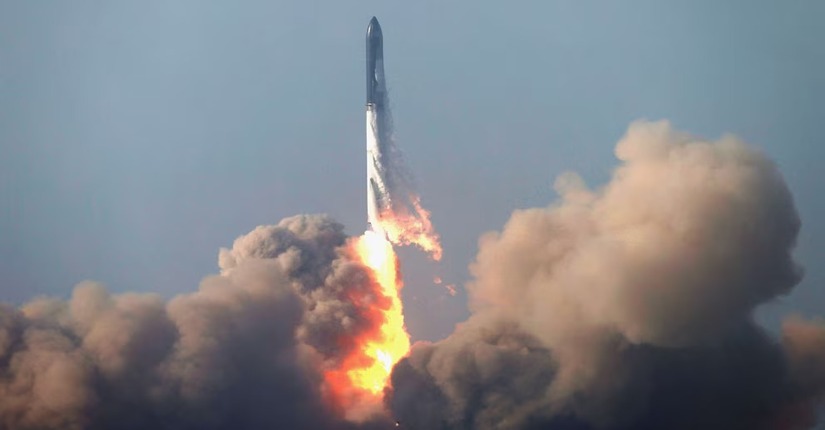SpaceX’s Starship was crashed during a recent test flight, sending debris hit back to Earth. This failure marks a significant misfortune for the company’s plans to develop a spacecraft capable of interplanetary travel. The incident highlights the challenges SpaceX faces in pushing the boundaries of space technology. However, despite the failure, the company’s commitment to advancing space exploration remains strong.
A Bold Leap in Space Exploration
SpaceX designed Starship to be a fully reusable spacecraft that could transform space travel. The company envisions Starship playing a key role in missions to the Moon, Mars, and beyond. SpaceX aims to make space travel more affordable and sustainable for future generations. However, the test flight’s failure shows just how complex and risky this innovation can be.
The Test Flight and Failure
The test flight began as planned, with Starship ascending to impressive altitudes. Unfortunately, the rocket experienced a critical failure mid-flight and exploded. Debris fell from the sky as the spacecraft disintegrated, shocking engineers and space enthusiasts alike. While SpaceX anticipated risks during testing, the failure still caught many by surprise.
What Went Wrong?
SpaceX has not confirmed the exact cause of the failure but is investigating the incident thoroughly. Early reports suggest engine malfunctions or structural failure may have played a role. The company’s engineers will carefully analyze the flight data to identify the issue. Elon Musk and his team view failures like this as essential learning opportunities to improve Starship’s design.
Debris Rains from the Sky
As Starship exploded, large pieces of debris rained down over the surrounding area. Some of these fragments were recovered, while others scattered more widely. Thankfully, the debris did not pose a danger to nearby communities. This event serves as a reminder of the inherent risks involved in developing cutting-edge space technology.
Impact on SpaceX’s Goals
Despite the failure, SpaceX remains focused on its long-term goals. The company has faced setbacks in the past and has always bounced back stronger. Starship’s development is key to SpaceX’s plans for Mars colonization and other interplanetary missions. The company will use the lessons from this failure to refine Starship and continue pushing the boundaries of space exploration.
Looking to the Future
SpaceX plans to continue refining Starship and conducting further tests. The company’s ultimate goal is to create a reusable spacecraft capable of supporting deep-space missions. While the test flight failure is disappointing, it will not stop SpaceX from moving forward. The company will build on this experience to improve its technology and reach new milestones.
Conclusion
Starship’s destruction is a setback, but it is part of the process of advancing space exploration. SpaceX has shown remarkable resilience in the face of challenges, and this failure will not derail its progress. Each failure provides valuable insights that help the company improve. SpaceX will continue to push forward, bringing humanity one step closer to interplanetary travel.



